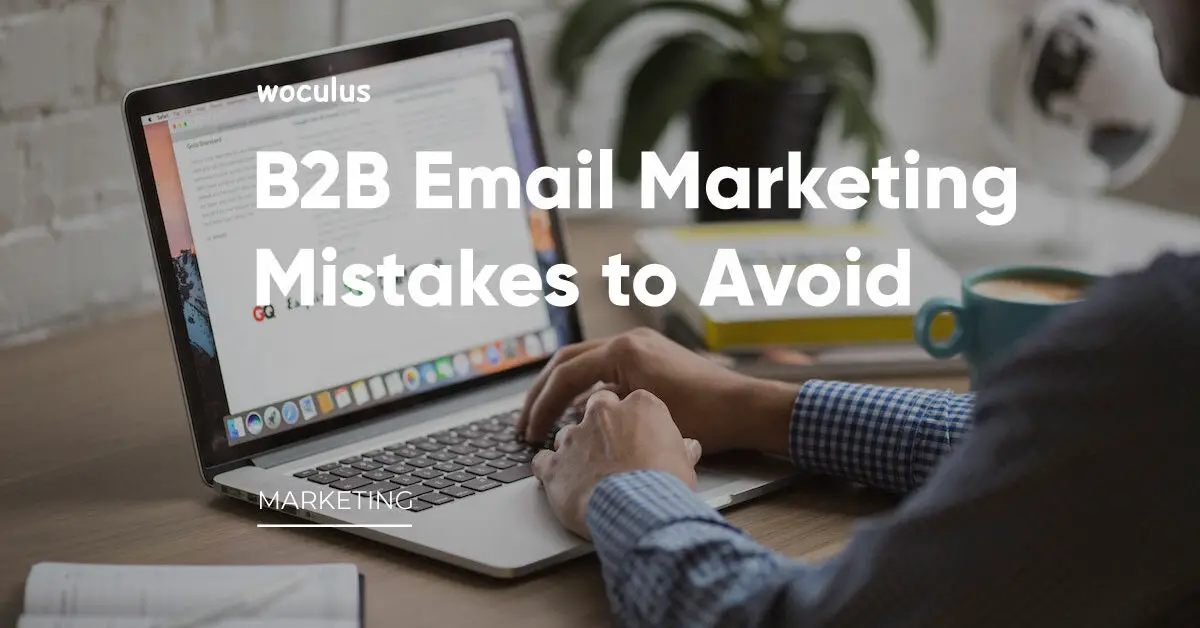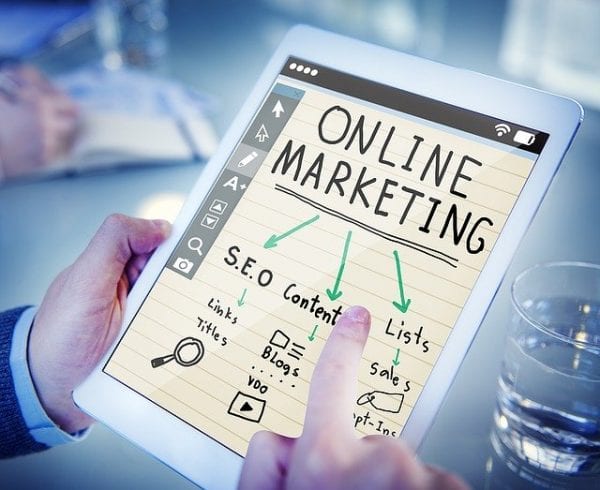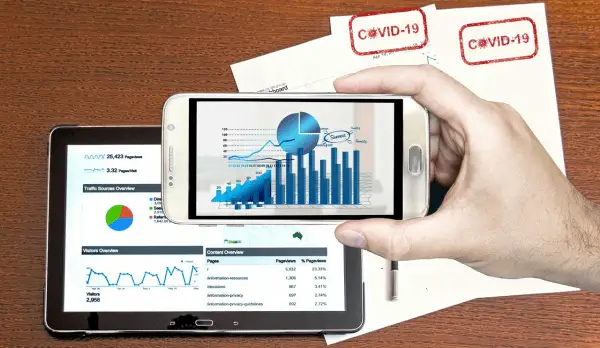B2B marketers consider email marketing as the most effective channel for revenue generation. And there are many reasons for that. Email marketing offers a cost-effective way to reach and engage with potential clients, build brand awareness, and drive conversions. However, as with any marketing approach, there are common mistakes that can hinder the success of your email campaigns. If you want to make email marketing your most successful channel for generating leads and achieving your marketing goals, here are some mistakes to avoid. By addressing these issues and implementing best practices, you can optimize your B2B email marketing campaigns and achieve better results.
Neglecting List Segmentation
One of the most significant mistakes in B2B email marketing is failing to segment your email list properly. According to Mailchimp, failure to segment email lists can result in a 14.31% decrease in open rates and a 100.95% increase in unsubscribes. Sending generic emails to your entire subscriber base is unlikely to yield the desired results. By segmenting your list based on factors such as industry, job title, or previous engagement, you can create personalized and targeted campaigns that resonate with specific segments. This approach increases open rates, click-through rates, and ultimately, conversions.
Company Contact Details Inconsistency
ZoomInfo found that inaccurate or outdated contact data affects 43% of B2B marketers, leading to ineffective targeting, wasted resources, bounced emails, and undelivered messages. Moreover, inconsistent contact information can create confusion and erode the trust between businesses and their prospects or customers. By maintaining consistency and accuracy in company contact details, businesses can enhance the effectiveness of their B2B email marketing efforts and foster better engagement with their target audience. At the same time, you are to create memorable and unique contact details for your business to make it easier for customers to remember and dial. You need a vanity number to elevate your communication and stand out from competitors, ultimately boosting customer engagement and increasing call response rates.
Unclear, Clickbaity, or Ineffective Subject Lines
Around 69% of email recipients mark messages as spam based on the subject line alone, emphasizing the importance of crafting compelling subject lines. The subject line is the first impression recipients have of your email, and it plays a crucial role in determining whether they open or ignore it. Unclear subject lines that fail to convey the email’s purpose or value can confuse recipients and lead to low open rates. It’s important to align subject lines with the email’s content, provide value, and entice recipients to open and engage with your message. Here are a couple of tips for writing effective subject lines for emails:
- Keep your subject lines clear, concise, and to the point. Use language that accurately reflects the content or purpose of the email. Avoid being vague or misleading, as this can lead to disappointment or distrust from recipients.
- Consider including the recipient’s name or mentioning a specific detail relevant to them. Personalization helps create a sense of relevance and increases the chances of your email being opened and engaged with. Use merge tags or dynamic content to automate personalization at scale.
- Capture the recipient’s attention by emphasizing the value or benefit they will gain from opening the email. Highlight the key points or offer an enticing preview of what they will find inside.
- Use urgency or FOMO (fear of missing out). Creating a sense of urgency can prompt recipients to take immediate action. Incorporate words that convey urgency or scarcity, such as “limited time,” “only a few spots left,” or “ending soon.’ This can create a fear of missing out and encourage recipients to open the email to avoid missing out on an opportunity.
- Be mindful of avoiding spam trigger words and phrases that might cause your emails to land in the spam folder. Common spam trigger words include “free,” “urgent,” “act now,” or excessive use of exclamation marks.
Unclear CTA
The purpose of an email campaign is to guide recipients toward a specific action, such as downloading gated content, signing up for a webinar, or requesting a demo. However, when the CTA in an email is unclear or ambiguous, it can confuse recipients and leave them unsure about what steps to take next. This can result in lower click-through rates and missed conversion opportunities. By providing a clear CTA, businesses can improve engagement, drive conversions, and maximize the effectiveness of their B2B email marketing campaigns. Here are a couple of tips for you:
- The language you use in your CTA should be concise, direct, and action-oriented. Clearly state what you want the recipient to do and make it easy for them to understand. Use strong verbs that convey a sense of urgency or importance, such as “Download Now,” “Register Today,” or “Get Started.” Avoid vague or generic phrases that don’t provide a clear indication of the action you want the recipient to take.
- To entice recipients to click on your CTA, highlight the value they will receive by taking the desired action. Clearly communicate the benefits, solutions, or insights they will gain. Showcasing the value they will get encourages engagement and increases the likelihood of conversion.
- The design and placement of your CTA play a crucial role in its visibility and clickability. Make sure your CTA stands out visually by using contrasting colors, bold fonts, or buttons. Position it prominently within the email, preferably above the fold, where it’s easily noticeable without scrolling.
- With a significant portion of email opens happening on mobile devices, it’s crucial to optimize your CTAs for mobile users. Ensure that your CTAs are large enough to be easily tapped with a finger, and leave enough space around them to avoid accidental clicks. Test your emails across various mobile devices and email clients to ensure a seamless and user-friendly experience.
No Sender Information
When recipients receive an email from an unknown or unfamiliar sender, it can create a sense of distrust and skepticism. Without clear sender information, such as the company name or a recognizable individual, recipients may hesitate to open or engage with the email. Establishing trust and credibility is crucial in B2B relationships, and providing sender information is an essential part of building that trust. By including clear and recognizable sender information in your emails, you can assure recipients of your legitimacy and increase the likelihood of their engagement with your content. Neglecting to provide sender information can hinder the success of your B2B email campaigns and limit your ability to connect with your target audience effectively.
Overlooking Personalization
Personalized emails generate six times higher transaction rates than non-personalized emails. Lack of personalization in emails can lead to a significant impact on engagement, with 94% of marketers reporting that personalization is critical to their success. Personalization is no longer just a nice-to-have; it’s a must-have in B2B email marketing. Failing to personalize your emails can make your campaigns seem impersonal and decrease their impact. Utilize personalization tokens to address recipients by their names, and leverage the data you have on each contact to deliver tailored content that addresses their specific pain points and needs. Thus, you build trust, enhance engagement, and increase the likelihood of conversion.
Ignoring Email Automation
Approximately 67.45% of B2B recipients unsubscribe from emails due to excessive frequency. Automation has revolutionized email marketing, enabling businesses to nurture leads and maintain consistent communication effortlessly. Ignoring the power of email automation in 2023 can put your B2B email campaigns at a disadvantage. Implement automated workflows that deliver timely, relevant emails based on triggers and user behavior. Use automation to send welcome emails, abandoned cart reminders, follow-ups, and personalized content based on each recipient’s stage in the buyer’s journey.
Failing to Test and Optimize
Testing and optimization are essential for improving the performance of your B2B email campaigns. Neglecting to conduct A/B tests on various elements such as subject lines, email copy, visuals, and calls to action can limit your campaign’s success. Test different variables, track key metrics, and analyze the results to understand what resonates best with your audience. Continuously optimize your emails based on data-driven insights to achieve better engagement and conversions over time.
B2B Email Marketing – Prospects and Projected ROI
B2B email marketing continues to demonstrate promising prospects as a highly effective and influential marketing strategy. In fact, recent data and statistics highlight its significance and potential for businesses. First of all, B2B email marketing consistently delivers an impressive return on investment. According to the Data & Marketing Association (DMA), the average ROI for email marketing is 42:1, indicating that for every dollar spent, businesses can expect an average return of $42. This remarkable return highlights the continued effectiveness and value of email marketing in driving revenue for B2B companies.
Personalization and segmentation remain crucial for successful B2B email marketing. A recent study by Econsultancy revealed that 93% of organizations witnessed an uplift in conversion rates as a result of personalization efforts. Furthermore, research by Campaign Monitor found that emails with personalized subject lines have a 26% higher chance of being opened. These stats highlight the importance of tailoring email content to individual recipients, addressing their specific pain points and needs.
Automation is a game-changer in B2B email marketing. By leveraging automation tools and utilizing behavioral triggers, businesses can create highly personalized and timely email campaigns. According to a report by EmailMonday, automated email campaigns account for 21% of email marketing revenue. Moreover, Experian states that automated email messages have 70.5% higher open rates and 152% higher click-through rates than non-automated messages. These figures underscore the power of automation in driving engagement and conversions.
With the growing use of smartphones and tablets, mobile optimization has become a necessity for B2B email marketing. According to Litmus, mobile devices accounted for 46% of all email opens in 2021. Therefore, it is essential to ensure that email campaigns are mobile-responsive and provide a seamless experience across various devices. By optimizing for mobile, B2B companies can effectively engage with their target audience and maximize the impact of their email marketing efforts.
B2B email marketing is increasingly integrated with content marketing and social media strategies. Research by the Content Marketing Institute reveals that 93% of B2B marketers use email to distribute content. Furthermore, social sharing buttons in emails can increase click-through rates by 158%, according to GetResponse. By aligning email marketing with content creation and social media promotion, businesses can enhance their reach, engage their audience across multiple channels, and drive traffic to their website or landing pages. By adhering to all our recommendations, you can achieve great results as B2B email marketing has an average ROI of 42:1, meaning for every $1 spent, the average return is $42.
Let’s Wrap up
B2B email marketing continues to offer significant prospects for businesses. With a strong focus on personalization, segmentation, automation, mobile optimization, and integration with content marketing and social media, B2B companies can leverage the power of email to connect with prospects, nurture leads, and drive conversions. As email marketing evolves and adapts to changing customer preferences and technology, its potential for delivering tangible results and driving revenue is poised to continue growing in the years to come. Remember to stay up-to-date with the latest trends and best practices in email marketing to stay ahead of the competition and have your B2B email marketing efforts poised for success.






